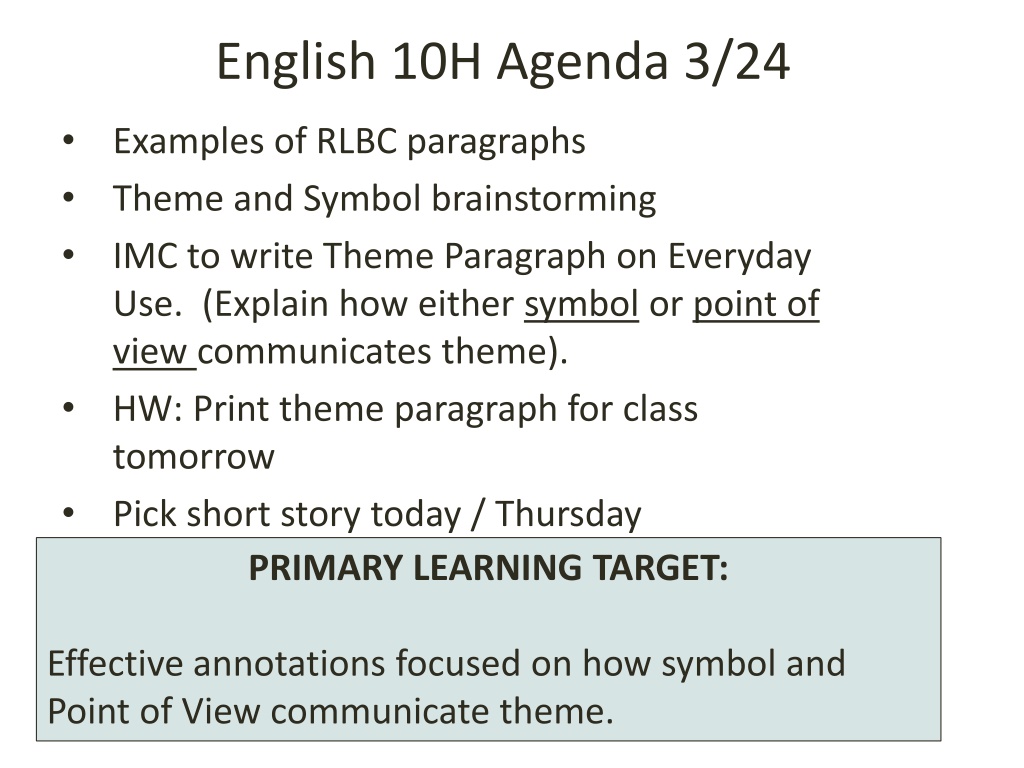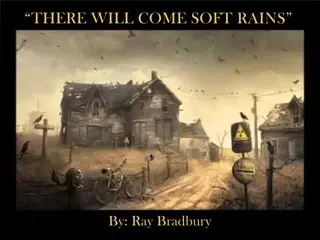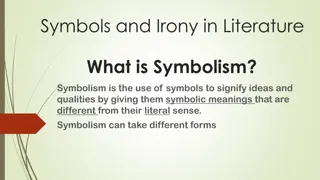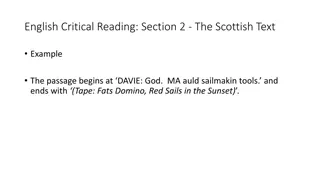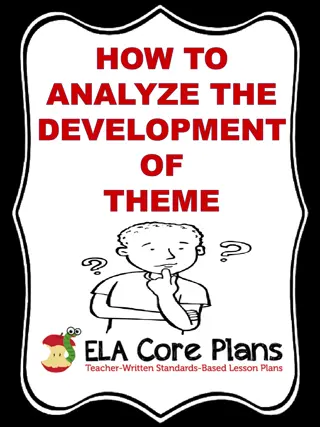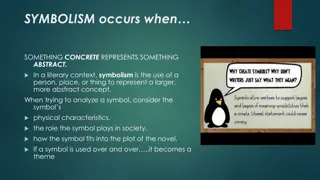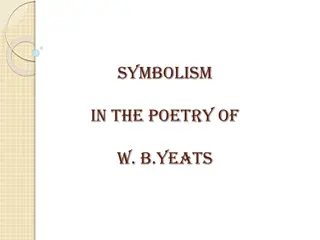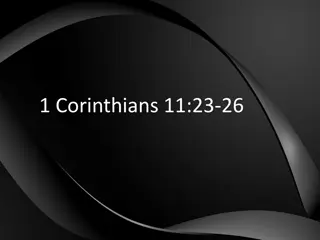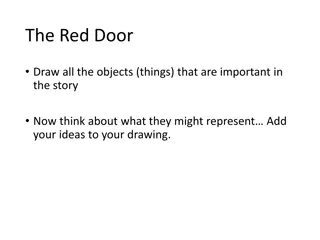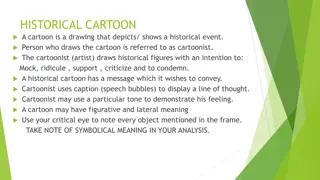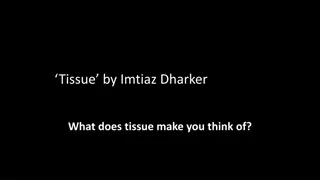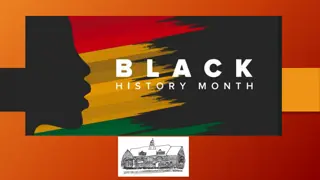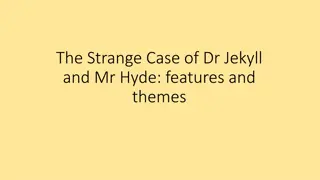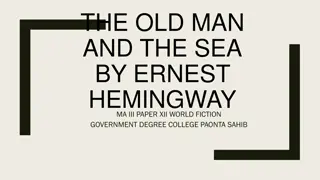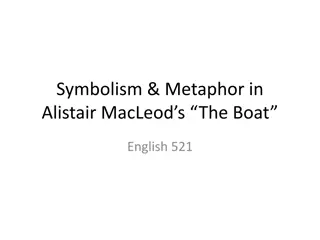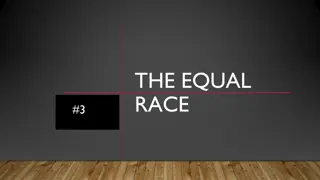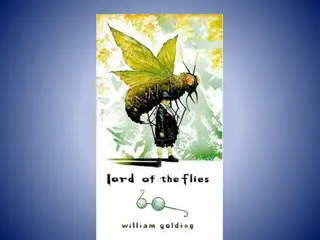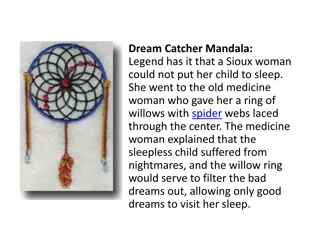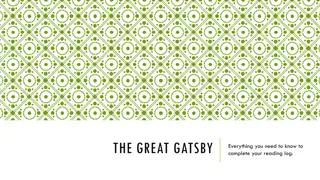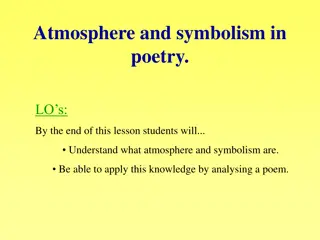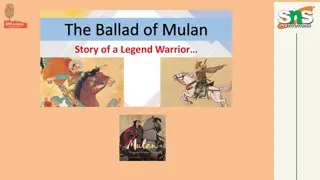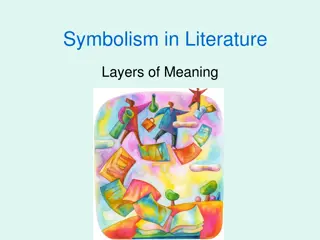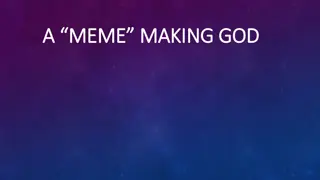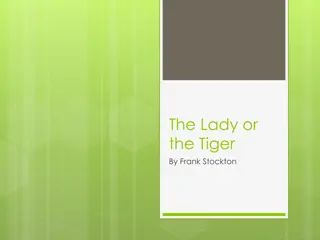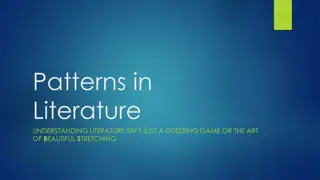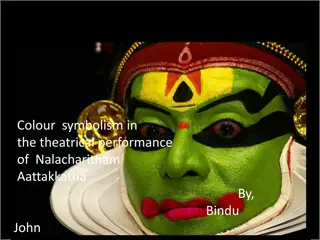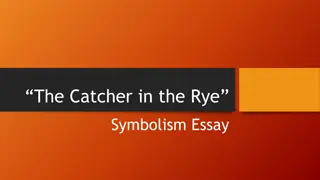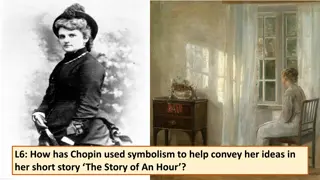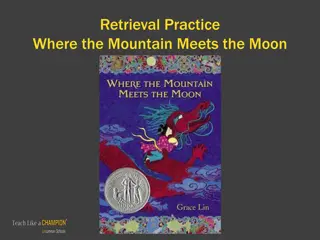Analyzing Theme and Symbolism in "Everyday Use
Exploring the theme of judging others prematurely and the use of symbolism in the short story "Everyday Use" by Cynthia Smith. Through examples from the text, the paragraph delves into how stereotypes and quick judgments can lead to misunderstandings, emphasizing the importance of getting to know individuals before making assumptions.
Uploaded on Sep 29, 2024 | 0 Views
Download Presentation

Please find below an Image/Link to download the presentation.
The content on the website is provided AS IS for your information and personal use only. It may not be sold, licensed, or shared on other websites without obtaining consent from the author. Download presentation by click this link. If you encounter any issues during the download, it is possible that the publisher has removed the file from their server.
E N D
Presentation Transcript
English 10H Agenda 3/24 Examples of RLBC paragraphs Theme and Symbol brainstorming IMC to write Theme Paragraph on Everyday Use. (Explain how either symbol or point of view communicates theme). HW: Print theme paragraph for class tomorrow Pick short story today / Thursday PRIMARY LEARNING TARGET: Effective annotations focused on how symbol and Point of View communicate theme.
Everyday Use THIS IS A ABOUT STORY
Everyday Use IMPORTANT Themes Objects OBJECTS, PEOPLE, EVENTS
Solid Example #1 Thesis: The author, Cynthia Smith, believes that stereotypes lead to quick and often incorrect judgements of the character of others. (A little wordy, but it works well). on physical appearance or initial behavior. This becomes apparent following his first encounter with Nika, when he thinks to himself, She was harmless. Mildly offensive, definitely intrusive, but no different than a thousand other spoiled teenage girls when it came to things like Indian identity or, say, the fact that she was sporting dyed red hair (Smith 22). These contentions were based solely off of one brief interaction with Nika. We find out these judgements were incorrect following the climax of the story when he realizes her hair was in fact authentic, crimson locks (Good Diction) He proceeded to made judgements of the college frat guys instantly after their entrance to the costume shop. Jason thought to himself, Their behavior was textbook. Some guffaws at the classic horror capes, daring him to rent a showgirl feather boa (Smith 23). This early judgment of the customers who just entered the store leads us to believe he assumes they are ill-mannered college students who like to party. He is made aware of his mistake when Nika tells him that Chad is her brother. He s always good to me kind of overprotective sort of annoying. But good. (Smith 27). (Good use of textual evidence and citations) Jason s stereotyping of the college students would have lead him to believe that there was little good that could come out of them when in fact Chad is a great brother. Stereotyping a person before actually getting to know them can become an enormous mistake and cause you to miss out on the girl of your dreams. (Solid Analysis and conclusion, but avoid 2nd person). The character, Jason, embodies the characteristic of judging others based
Solid Example #2 Thesis: In the short story A Real-Live Blond Cherokee and his Equally Annoyed Soul Mate, Cynthia Smith displays the theme that people often judge people too quickly before they actually get to know the person. Jason, the main character in this short story judges people, and more often than not, he judges them to soon and ends up finding out the truth about the person. (Nice fluency and sentence variety). For instance, when Jason meets Nika, he came to a conclusion that is false. He judges her by saying, She was harmless, Mildly offensive, definitely intrusive, but no different from one thousand other spoiled teenage girls when it comes to things like Indian identity or, say, the fact that she was sporting dyed red hair, a gauzy green dress, two nose rings, and an infinity tattoo, which in this neighborhood, made her a walking clich (Smith 22). (Well-chose n quote and good citaitons)( Smith shows Jason s character judging Nika by assuming that she is just like the typical teenage girl in the way she thinks of him as somewhat foreign just because he is Indian. Also he judges the way she dresses by saying she wears nose rings and has tattoos, this displays him thinking she is a walking clich . In both these cases he further discovers that he falsely judged her. It turns out that Nika is the opposite from how Jason first perceived her. Later in the story, Jason also judges the frat-looking boys. Saying, there behaviors were textbook saying that they were just like other guys, making fun of the Indian War whoops. He judged these boys, especially Chad. Nika ended up explaining to Jason how he was a great brother and he was just protective, and that Jason had no reason to judge and hate Chad. Throughout this short story, Smith shows Jason s character displaying many judgements on different occasions.
Thesis Statements that Dont Work A Real-Live Blond Cherokee and His Equally Annoyed Soul Mate Cynthia Smith believes that Jason needs to learn to accept others--Nika--to accept himself In A Real-Life Blond Cherokee and His Equally Annoyed Soul Mate by Cynthia Leitich Smith, Smith believes that heritage is an element that applies to the story because heritage is frequently referenced throughout the story.
